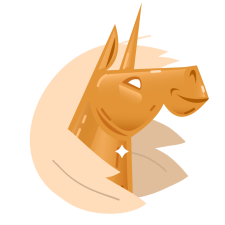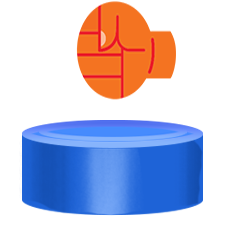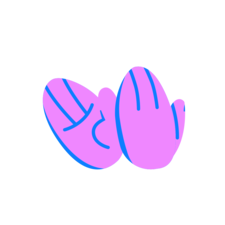Zainstaluj Steam
zaloguj się
|
język
简体中文 (chiński uproszczony)
繁體中文 (chiński tradycyjny)
日本語 (japoński)
한국어 (koreański)
ไทย (tajski)
български (bułgarski)
Čeština (czeski)
Dansk (duński)
Deutsch (niemiecki)
English (angielski)
Español – España (hiszpański)
Español – Latinoamérica (hiszpański latynoamerykański)
Ελληνικά (grecki)
Français (francuski)
Italiano (włoski)
Bahasa Indonesia (indonezyjski)
Magyar (węgierski)
Nederlands (niderlandzki)
Norsk (norweski)
Português (portugalski – Portugalia)
Português – Brasil (portugalski brazylijski)
Română (rumuński)
Русский (rosyjski)
Suomi (fiński)
Svenska (szwedzki)
Türkçe (turecki)
Tiếng Việt (wietnamski)
Українська (ukraiński)
Zgłoś problem z tłumaczeniem


















































out of me , just took them several years to get to it, sorry
Do you have enough materials?
Do your people have time to bring them?
Hint: Dry Skin, Raw Skin and Leather look really similar in the panel.
If you use VisualStudioCode or similar editors (check for code editors with syntax highlighting) you may also benefit from useful auto-completions.
<tree_override_prototype>
<id value="Cherry"/>
<density value="10" />
</tree_override_prototype>
--> add a few lines
<tree_override_prototype>
<id value="Cherry"/>
<density value="10" />
<min_altitude value="-0.3" />
<max_altitude value="80"/>
<min_angle value="-45" />
<max_angle value="90"/>
</tree_override_prototype>
min_ and max_ altitute defines at what height they spawn. If you set min below 0 don't go to deep, megaliths in lakes (-5) cause errors.
min_ and max_ angle defines how steep the terrain may be (from flat space to steep montain).
My ultimate recommendation is to copy flatlands and make a local copy for yourself with all your tweaks and edits.